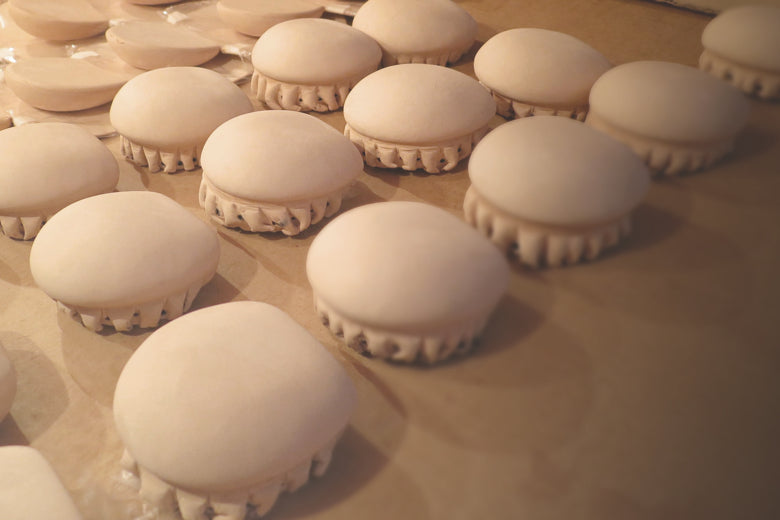
Vegetable-tanned Leather: What is and How is it used?
Vegetable-tanned Leather: What is and How is it used?
Vegetable tanned leather or leather tanned using minerals? It's easy to get confused ... until now!
I'm Mauro Gobbi, founder of Il Bussetto, and today I'll try to explain the difference between these materials to help you choose products of the finest quality.
The difference between vegetable-tanned and chrome-tanned leather
When buying items such as bags, wallets and purses, you need to pay special attention to how these products are made.These accessories, in fact, can be made of:
Mineral-tanned Leather
This type of tanning process was born during the Industrial Revolution when tanners first discovered that minerals such as chromium, aluminum, zirconium and titanium could be used as tanning agents and fixed to leather in a simple, fast, flexible and inexpensive way.
However, this tanning process makes a huge impact on the environment and produces waste water, sludge, and various types of pollutants as well as volatile emissions and particulates that are released into the air.
Vegetable-tanned Leather
The leather produced by this natural tanning process and used to make leather goods originally comes from the hides of animals raised and slaughtered for food.The tannins utilized during this traditional process make a much lower impact on the environment.
Vegetable Tanning
All Il Bussetto products are made from naturally tanned, environmentally-friendly genuine leather.
To be more precise, the vegetable tanning process lets us:
- Use the tannins widely found in nature for leather processing
- Complete the production cycle, avoiding the use of toxic substances harmful to humans and the environment
- Minimize the environmental impact
- Recover most of the substances used during the tanning process
- Easily dispose of the products that have completed their life cycle, thanks to their chemical-biological characteristics
Tuscan Tradition
Vegetable tanning, which dates back to prehistoric times, was modified over the centuries by skilled Tuscan artisans who brought the technique to unparalleled heights.
For centuries, master tanners have handed down their precious artisan tradition of vegetable tanning, combining their knowledge of ancient recipes with the most technologically advanced solutions, with the realization that to transform hide into leather, you must dip it in a soluble natural solution.

For this process, today as in the past, a blend of vegetable materials is used:
- lime
- water
- vegetable tannins
Vegetable tanning is therefore an environmentally-friendly process because it comes from nature and returns back to its origins in complete harmony.
What's more: It's a method that guarantees the quality of the product, ensuring unique characteristics ... as you can see!



